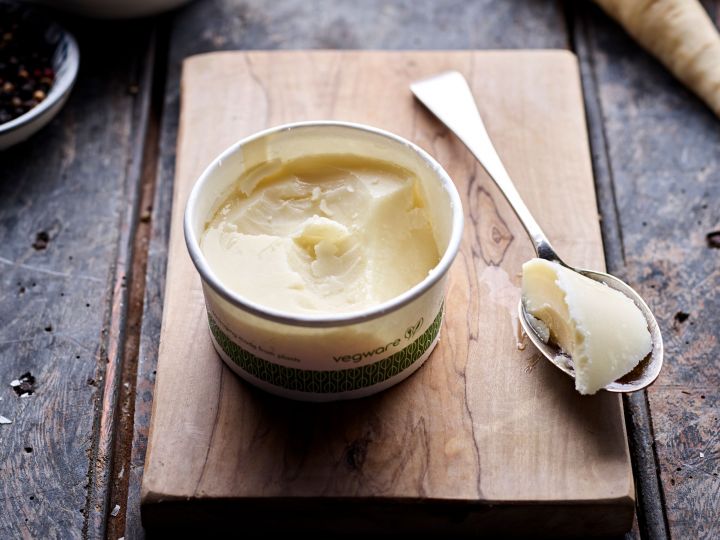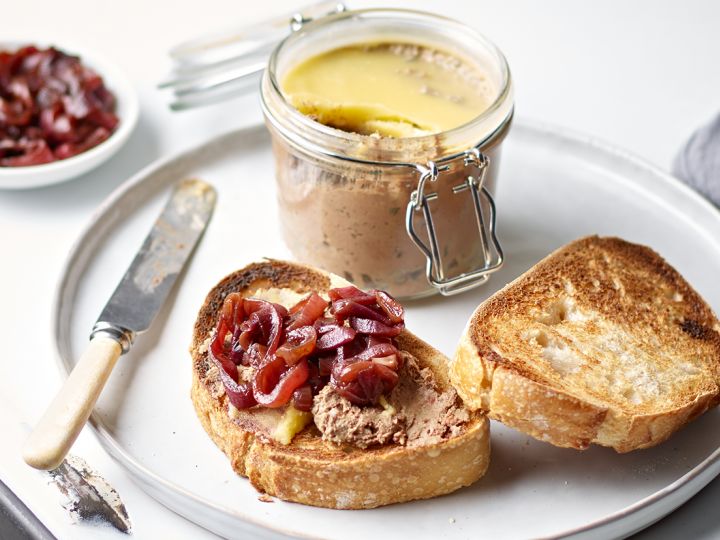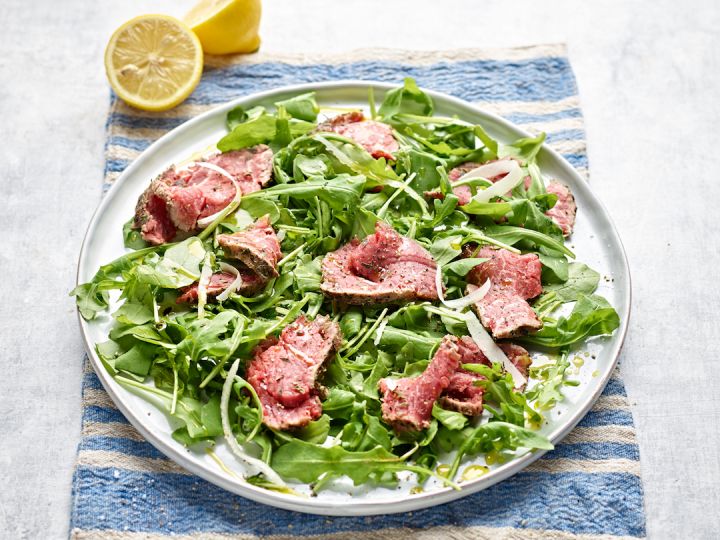It’s a Christmas classic and the festive table just wouldn’t be complete without a ham. Or should that be a gammon? Is there a difference? Let’s talk it through…
Are Gammon & Ham Really That Different?
Right off the bat, let’s clear something up: gammon and ham are actually the same thing. A gammon is raw. When cooked, it becomes a ham. Over time (and rather confusingly) the two words have become interchangeable and each can now be used to describe the other. Baffling? Yes. Helpful when knowing what to order at Christmas? Definitely not.
.jpg)
.jpg)
Cut from the hind leg of the pork carcass, traditional gammons had the bone left in, much as a Serrano ham does. For the sake of convenience (it’s tricky to carve an elegant slice with a great big bone in the way), most gammons are now presented boneless. The first stop on the pork leg’s journey to becoming a ham is curing. Though this was traditionally done as a means to preserve precious meat over the long winter months, it’s now mainly done for the flavour. The meat is either dry cured (with a rub of salt, sugar, herbs and spices) or wet cured (submerged in a brine bath, also with sweet, herby or spicy ingredients to impart flavour). At The Organic Butchery, we opt for a simple dry cure of organic demerara sugar and sea salt, to let the natural flavour of the organic pork shine through.
The Conventional Way vs The The Organic Butchery Way:
This is quite different to the process used in more mainstream counterparts - nitrites and nitrates are often required for preservation and to produce the typical flavour, taste and colour characteristics. As a result, our chemical-free gammon doesn't have that same lurid pink colour you might be used to - but it more than makes up for it with its mouth-watering flavour.
What goes on during salting and brining is quite, well, sciency. Suffice to say the salt acts upon the cells in the meat to draw out excess moisture and intensify flavour. Which is, of course, exactly what we’re looking for. Gammon joints can be left in the salt or brine for varying lengths of time and that’s what decides how salty the meat ultimately tastes. It used to be commonplace to soak a gammon overnight before cooking it, to draw out any excess salt, but as very heavy salting isn’t usual now, that’s become broadly unnecessary.
After curing, gammon joints are air-dried. They can be left as they are and cooked at this stage, or go on to be smoked. Cold smoking (where wood dust smoulders but doesn’t burn with a flame) is done over many hours and is, again, a means of both preservation and flavour injection. As there’s no heat, the meat doesn’t cook during the process. We smoke our gammons at the Wiltshire Smokehouse, one of the few remaining smokehouses still using age-old methods to smoke over natural woodsmoke and without the use of any artificial colours, flavours or preservatives.
To make the leap from gammon to ham, the joint must be cooked. It can be slow-roasted from raw, but this carries some threat of dryness, so simmering it slowly in a big pan of water is generally favoured. Adding cider to the water lends another subtle flavour dimension. Poaching the joint in this way lets it cook through to the core and retain ultimate succulence. As a final flourish, the layer of fat (or rind) is removed, the surface slashed in a diamond pattern and piquant glazes are slathered over the surface, ready for roasting. Because the ham is already cooked, it needs only a short blast in a hot oven to create the sticky, caramelised layer that makes a truly delicious Christmas ham.
Super Festive Finishing Touches...
• Honey and mustard: a classic for good reason, this hot-sweet combo is particularly complementary to unsmoked hams. Switch out the honey for maple syrup if you’re looking to ring the changes.
• Treacle and cloves: a pungent treatment that fills the house with unbeatably festive aromas. Try pinning thin slices of orange to the outside of the ham with the cloves for a really traditional look.
• Marmalade: a super-easy way to get a sugary crust. Go for a bitter Seville orange marmalade to avoid a pudding-sweet taste. Big chunks of peel add texture.
• Spiced quince: adding a good pinch of your favourite Christmassy spices – cinnamon, nutmeg, allspice, ground cloves – to quince paste lends a knockout aroma and balances the sharpness of the quince.
• Sugar-and-spice rub: combine treacly brown sugar with chilli flakes, ground coriander and cumin and rub it over the cooked joint for an exotic take on tradition.
SHOP ORGANIC NITRATE-FREE GAMMON


.jpg)


